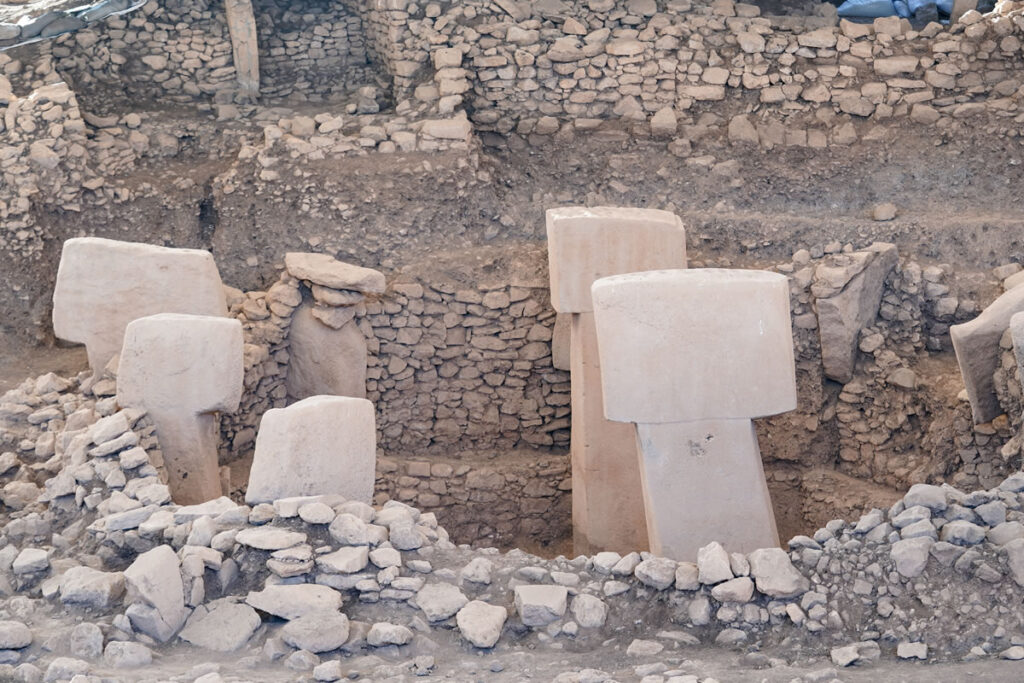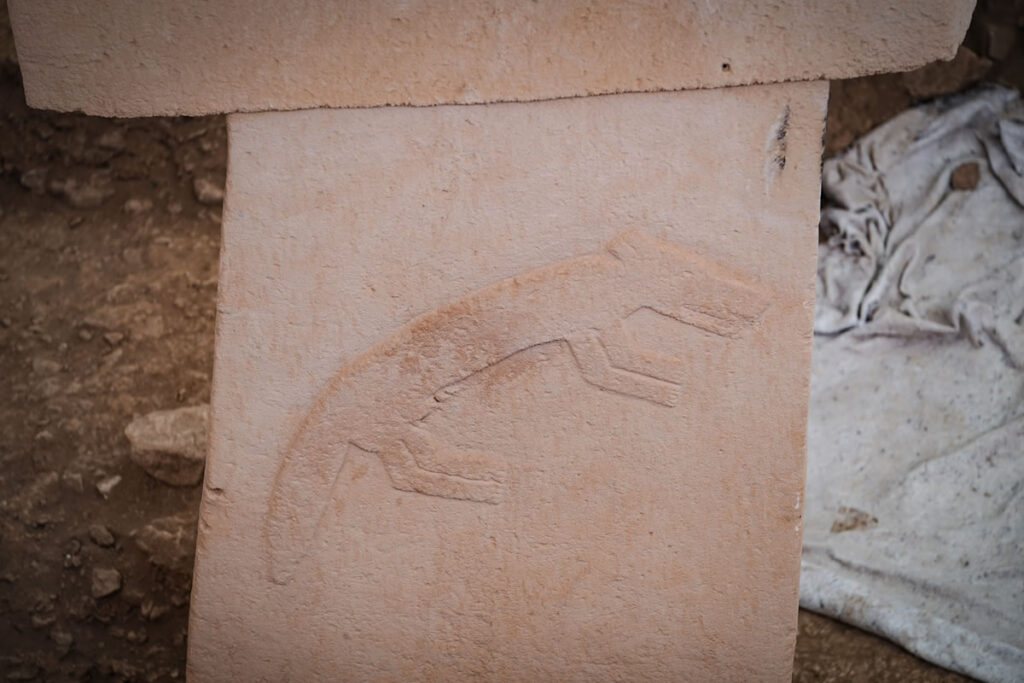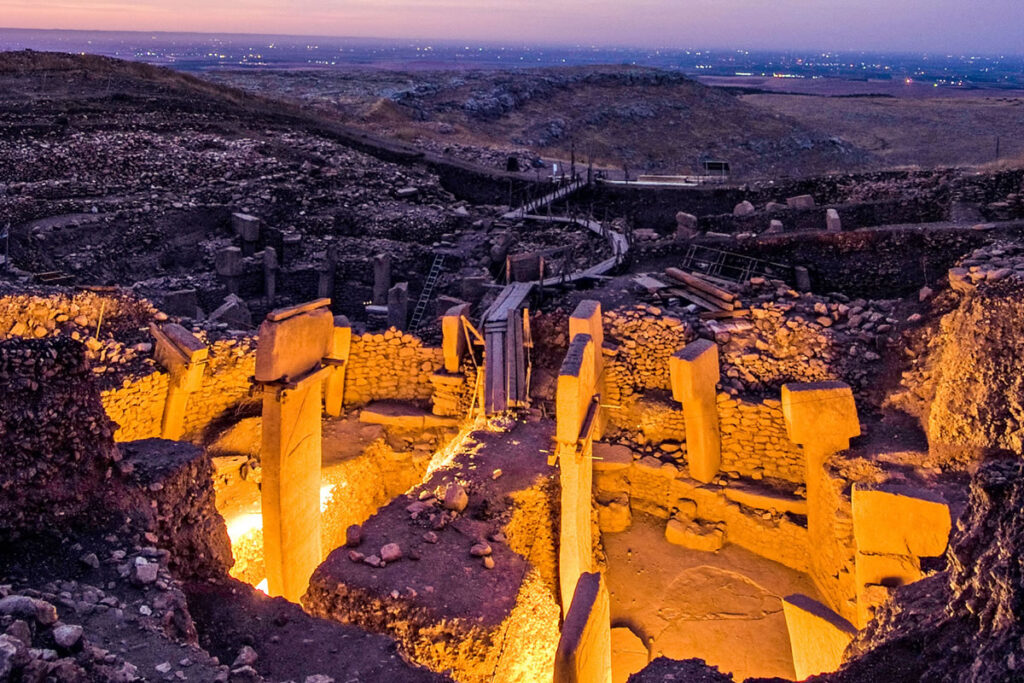Introduction to Göbeklitepe and Its Significance in History
Gobeklitepe, located in southeastern Turkey, is a site of immense archaeological importance and is considered the world’s oldest known temple complex. Dating back over 11,000 years, it predates both Stonehenge and the Pyramids of Giza. However, what makes Göbeklitepe truly exceptional isn’t just its age, but what it reveals about our ancient ancestors and their journey toward civilization. As we delve deeper into this extraordinary site, we’ll explore the mysteries, innovations, and cultural significance that challenge everything we thought we knew about early human history.
Discovery of Göbeklitepe and Its Excavation Process
The discovery of Gobeklitepe dates back to 1994, when Klaus Schmidt, a German archaeologist, stumbled upon the site. Initially believed to be a simple burial mound, further exploration revealed something far more remarkable.
Excavations began soon after the discovery. Archaeologists meticulously removed layers of earth that had hidden the structures for millennia. Each stone uncovered added depth to our understanding of early human society.
The site is home to massive T-shaped pillars adorned with intricate carvings of animals and abstract symbols. These carvings suggest a complex belief system among the builders.
As the excavations continued, the significance of Göbekli tepe grew clearer. It challenged previous notions about the timeline and nature of human civilization, reshaping our perspective on prehistoric cultures.
Architecture and Design of the Temple Complex

The architecture of Gobeklitepe is nothing short of extraordinary. Constructed around 9600 BCE, it features some of the earliest known monumental structures in human history.
Massive T-shaped limestone pillars dominate the site. Many of these pillars stand over 3 meters tall and weigh several tons. Intricate carvings depicting animals such as lions, snakes, and birds adorn these stones, each telling a story that researchers are still trying to decipher.
The layout consists of circular enclosures, each with its own distinct arrangement. This suggests a complex social structure among its builders. The use of post-and-lintel construction demonstrates advanced engineering skills for that era.
What sets Gobeklitepe apart is its sheer scale and ambition. It challenges our understanding of prehistoric societies, suggesting that they could organize labor for large projects long before agriculture became widespread. The craftsmanship displayed here reflects not only artistic expression but also ritual significance within their community.
The Mysteries and Myths Surrounding Göbeklitepe
Göbeklitepe is surrounded by mystery, captivating archaeologists and visitors alike. The intricate carvings on its massive stone pillars depict animals like lions, snakes, and birds, yet their purpose remains elusive.
Some speculate that Göbeklitepe served as a religious site or even as an astronomical observatory. Others suggest it was a gathering place for ancient communities to engage in rituals. Each theory adds layers to the complex narrative of human history.
Local myths also surround the site. Some tales speak of giants who built the structures, while others mention divine beings guiding early humans in their creation. These myths add to the allure of Gobekli tepe, intertwining culture with archaeology.
Every excavation reveals more secrets buried within the earth. As researchers continue to explore its past, they uncover millennia of mystery surrounding humanity’s collective origins at this extraordinary site.
Importance of Göbeklitepe in Understanding Human Civilization

Göbekli tepe stands as a monumental milestone in our understanding of early human civilization. This ancient site challenges the long-held belief that organized religion arose only after the advent of agriculture.
The intricate carvings and massive stone pillars suggest that prehistoric societies were capable of complex social structures and that they gathered for ritualistic purposes, hinting at deeper spiritual beliefs during a time previously thought to be solely focused on survival.
Moreover, Göbeklitepe provides insights into human creativity and artistic expression long before writing systems were developed. The artistry displayed within its walls reflects not just skill but also shared cultural values among hunter-gatherer communities.
By studying this temple complex, we learn about the interconnectedness of spirituality and community life in shaping humanity’s journey. It encourages us to rethink the timeline of societal development and fosters curiosity about our collective past.
Controversies and Challenges Faced by Researchers at Göbeklitepe
Göbeklitepe has sparked intense debates among archaeologists and historians. Some question the interpretation of the findings, and the significance of its age often leads to conflicting theories about the development of human civilization.
Researchers face numerous challenges during excavations. The site’s vastness requires extensive resources, making it difficult to uncover all layers effectively. Weather conditions, particularly rain, also pose a threat, as they can damage uncovered artifacts.
There are differing opinions on how Göbeklitepe fits into our understanding of prehistoric religion and social structures. Some argue it was a temple for worship, while others suggest it may have served different purposes entirely.
Additionally, there are cultural sensitivities regarding the protection of such an important heritage site. Local communities sometimes feel excluded from discussions about their own history, leading to tensions between researchers and residents.
These complexities keep the dialogue around Göbeklitepe dynamic, but also fraught with challenges that require careful navigation.
Future of Göbeklitepe and Its Impact on the World

The future of Göbekli tepe holds immense potential for both archaeological research and cultural appreciation. As ongoing excavations continue to yield new findings, the site may further reshape our understanding of ancient civilizations. Researchers are optimistic that more discoveries could shed light on the societal structures and religious practices of early humans.
Tourism at Göbeklitepe is also expected to grow significantly in the coming years. This will not only bring more attention to this remarkable site but also support local economies. With careful management, increased visitors can help fund preservation efforts while fostering a deeper connection between modern people and their ancient ancestors.
As technological advancements improve excavation techniques, we may uncover even more about its complex history and significance. The questions surrounding its purpose—whether it was a temple or something else entirely—might find answers through innovative methods like ground-penetrating radar or 3D modeling.
Göbeklitepe’s impact stretches beyond archaeology. It resonates with anyone interested in human history. It challenges us to think differently about how societies evolved, especially regarding religion and community organization before agriculture took root.
With each passing year, Göbeklitepe stands as a testament to humanity’s quest for meaning long before written records began. Its continued study promises not just insights into our past but reflections on where we might head as a species moving forward.
Göbeklitepe and Urfa: A Discovery Shaping the History of Humanity
In conclusion, Göbeklitepe stands as one of the most remarkable archaeological discoveries of our time, shedding light on the early stages of human civilization. Its intricate stone pillars and carvings challenge conventional views of prehistoric societies, offering new insights into the origins of religion and social organization. As part of the larger historical and cultural heritage of Urfa, a city that holds many ancient treasures, Göbeklitepe continues to captivate historians, archaeologists, and visitors alike. This ancient site not only redefines our understanding of early human history but also enhances the significance of Urfa as a destination for those eager to explore the roots of humanity.
In 2022, the country’s official name internationally changed from Turkey to Turkiye.